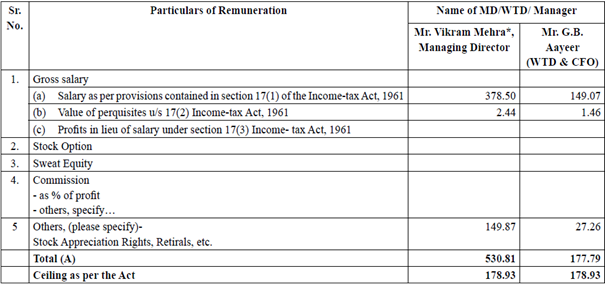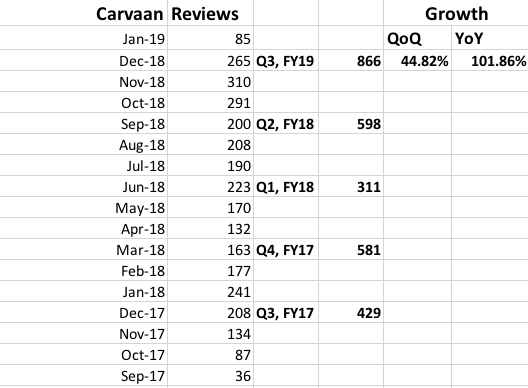The Saregama Carvaan is 55-year-old Archana Singh’s primary music listening device. She listens to bhajans in the morning and evergreen melodies of the 60s and 70s while having her evening tea. Last Diwali her children gifted it to her and her husband. And over the past year, Carvaan has become her prized possession. What’s more, Singh’s friends who have experienced Carvaan at her home have also bought the portable music player.
Scepticism was rife 16 months ago when legacy music licencing company Saregama (erstwhile HMV) announced the launch of its digital music player that resembled an old fashioned radio. Who would pay to buy a device that stores 5,000 songs when everything is freely available on sites like YouTube, most wondered. But people like Archana Singh and her friends are testimony to the consumer insight that drove Saregama to rethink how people listen to music. People wanted a device that is convenient to use.
Positioned for people in the 40-plus age bracket, Carvaan delivers a lean-back listening experience in a world where people need to proactively create playlists of their liking and decide what song they want to listen to next.
The scepticism about a product like Carvaan stems from people, and sometimes even marketers, getting stuck inside an echo chamber of people just like them. The success of Saregama Carvaan teaches marketers to never lose touch of the needs of the end consumer.
Vikram Mehra, Managing Director of Saregama Carvaan, says, “As marketers we start thinking that the whole of India or the world is like us. It need not be so. There are a large number of people in this country who still want things that are comfortable.” He says that marketers must not lose touch with what the end consumer wants.
Calling Saregama Carvaan unique and unconventional, brand guru Saurabh Uboweja said, “This is a simple product that is packaged around a need that was not serviced.” At a time when all marketers are chasing the millennials, “Carvaan targeted a market that is largely ignored by brands,” Uboweja pointed out.
Mehra said he was surprised to learn that people thought that Saregama was not sharing its huge library of music even though all the songs from the Saregama stable were available on all leading streaming platforms and YouTube for free.
Consumer research also revealed that the fear of technology gets stronger among people as they age. In addition to the 40+ demographic from non-metro cities and towns, Saregama spoke to people in the 65+ age group in Mumbai to learn their sentiments. They asked this group of people what they feared the most; the response the company was expecting was “dying.” Instead, this urban group said what it feared the most was “being dependent on children.”
Armed with this consumer insight, the company set out with a clear vision to create a product for people who grew up listening to iconic singers like Lata Mangeshkar, Asha Bhonsle, Kishore Kumar, Mukesh, and Mohd. Rafi. Positioning typically defines the target audience for a product. “It is also important to know who we are not positioned for,” says Mehra. He and his team is not targeting this product for a 21-year-old and they are clear about it.
The Saregama team designed Carvaan to have a familiar user interface that triggers nostalgia. In the early version of the Carvaan, the buttons were activated on touch. “People got back saying with touch they were not sure of having pressed the button. So in the later models we introduced mechanical buttons,” explains Mehra. Nostalgia-inspired products like Paper Boat’s drinks have been making a comeback in a huge way. Tapping into the nostalgia element through design and the selection of music has been a winning strategy for Carvaan and helped the product gain entry into the living rooms of people.
The latest version of the product is also large in size because of the feedback that some perceived the product to be fragile. Mehra lifts the metallic Carvaan Gold to prove that it is light, though the appearance of the product makes it look robust.

All the attributes of the Saregama Carvaan, including its creative communication that positions it as a gift that youngsters can give their parents and grandparents have hit the right notes. The product has sold one million units since its launch and contributes to nearly half of Saregama’s music revenue. The company has just scratched the surface of its potential market size - 25 million homes.

Mehra could not be more proud of the product and what it stands for. “Biggest feather in our cap is that we not just created a new product but a new category and new concept that too from a brand that is not into retail.” As per Saregama’s internal studies, Carvaan is played for around 7.5 hours on average every day in a home where there is at least one person above the age of 60.
Mehra says that Carvaan will see many further iterations as feedback flows back into the company. He reiterates that the core insight that made Carvaan a success will always inform every stage of development.
“Carvaan is not just giving music but memories connected to music along with the convenience of listening to music,” he says.
TAGS





